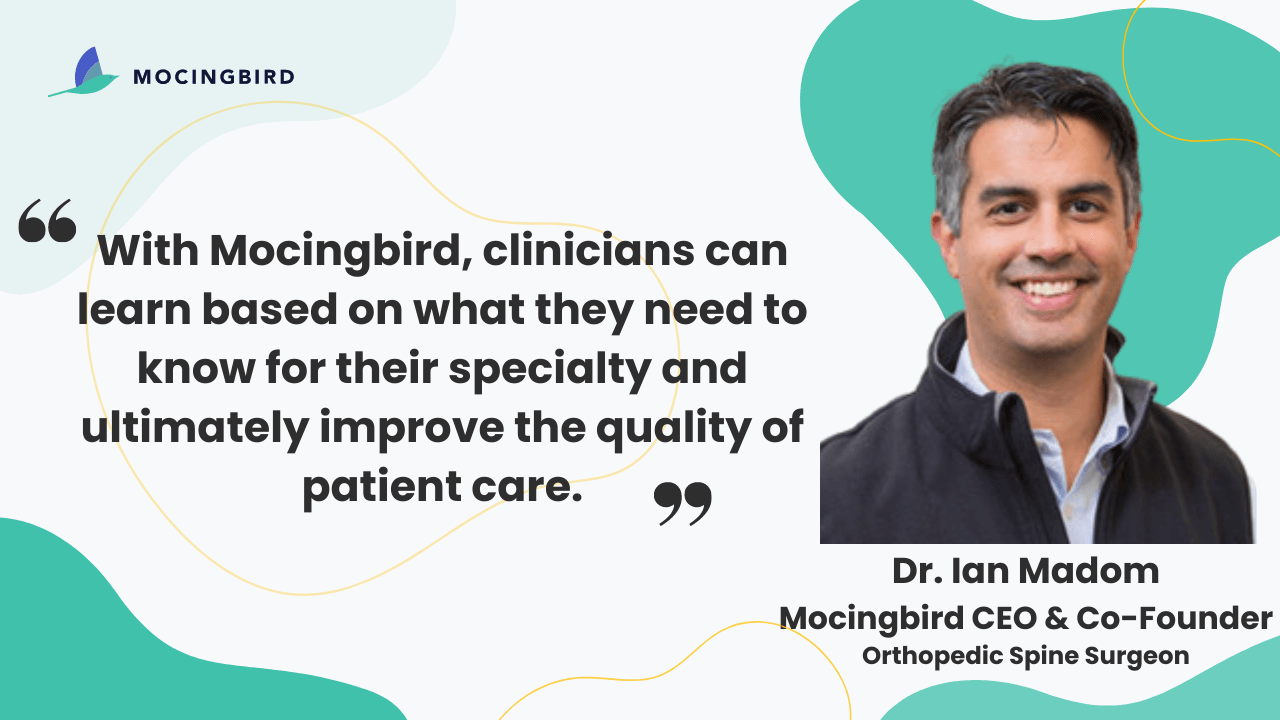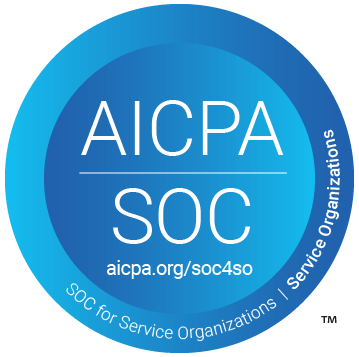Mocingbird is celebrating the closure of its seed round, which yielded $1.5 million that is now earmarked for expansion of it’s cutting-edge platform and roll out in additional markets.
Heading into 2021, Mocingbird expects to onboard a significant number of healthcare organizations, thereby positively impacting thousands of clinicians with its cloud-based, SaaS ongoing medical credentialing management platform. The seed money – which consists of investments from several people with deep ties to leading healthcare organizations – will be vital to expanding and accelerating the buildout of the platform. Mocingbird also plans to hire a team of talented professionals to introduce Mocingbird to additional markets.
“I’m thrilled that we’ve been able to close out our seed round, and this was truly a team effort,” said Mocingbird CEO Brad Artery. “These funds allow us to step off into 2021 with significant momentum and high confidence in our product and team.”
Mocingbird allows healthcare professionals, clinicians, and administrators to streamline, track and store their continuing education credits from all providers while ensuring clinicians stay up-to-date and compliant on all their maintenance of certification (MOC) and ongoing credentialing requirements.
Mocingbird was founded by two practicing physicians who are concerned about clinician burnout and the role the daunting, yet necessary credentialing process contributes to it.
“This seed funding brings us closer to our ultimate goal – helping clinicians find more balance in their busy lives,” said Mocingbird Co-Founder Ian Madom, who is also an orthopedic spine surgeon. “Enabling clinicians to spend less time managing their ongoing education and credential requirements, allows them to focus more on what matters most – their families and their patients.”
To that end, Mocingbird continues to seek strategic partnerships with innovative healthcare organizations that want to ensure the well-being of not only their patients but also their clinicians.





